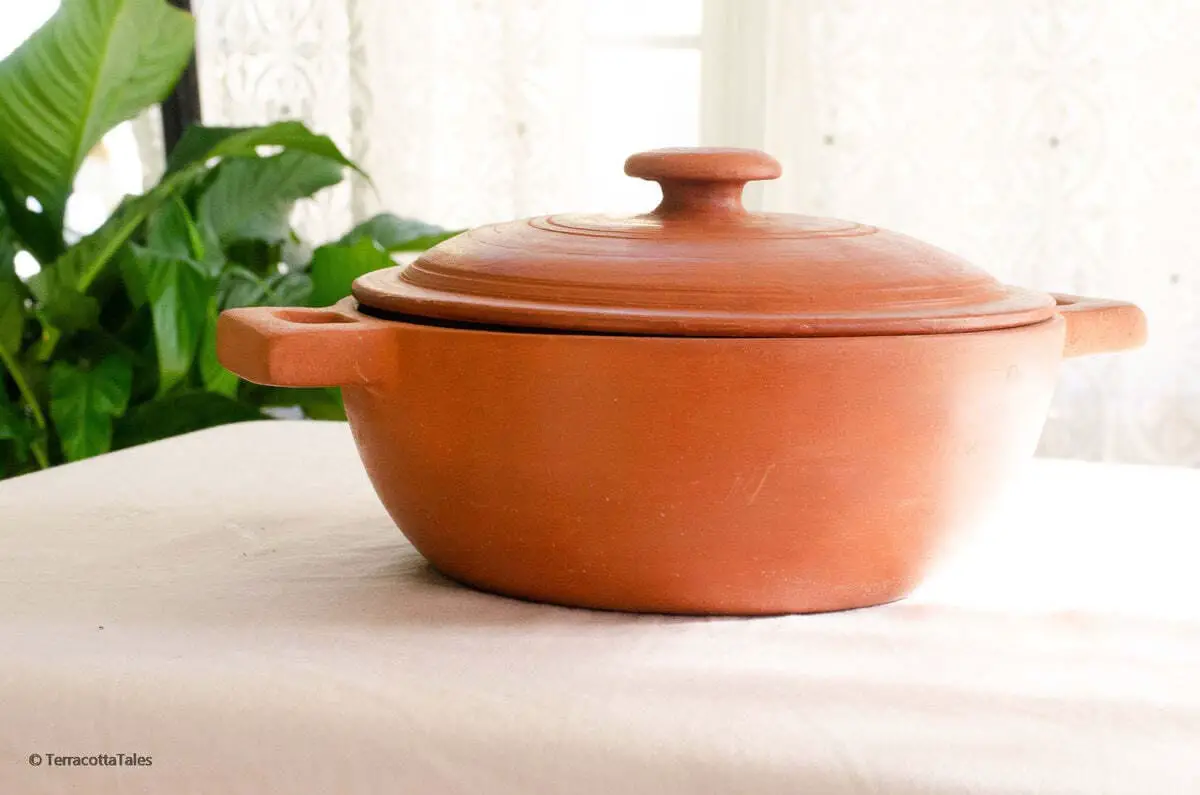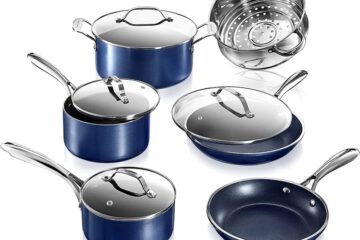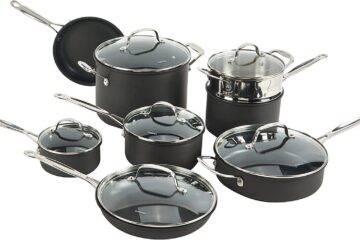Terracotta cookware has been around for centuries and is popular in many cultures for its unique cooking properties and rustic charm. However, there are also some misconceptions about the safety and usability of terracotta cookware. In this article, we will explore the truth about terracotta cookware and provide you with accurate information to help you make an informed decision about whether or not to use it in your kitchen.
One of the most common questions people have about terracotta cookware is whether or not it is safe for cooking and eating. The answer is yes, terracotta cookware is safe for cooking and eating, as long as it is made from high-quality materials and used correctly. However, there are some important things to keep in mind when using terracotta cookware, such as the need to season it properly and avoid exposing it to sudden temperature changes. By understanding these factors, you can enjoy all the benefits of cooking with terracotta cookware without any safety concerns.
What is Terracotta Cookware?
Terracotta cookware is a type of pottery made from clay that has been fired at a high temperature. It is a popular choice for cooking and baking due to its ability to retain heat and distribute it evenly throughout the food. The word terracotta comes from the Italian words “terra” meaning earth and “cotta” meaning cooked.
Terracotta cookware has been used for centuries, dating back to ancient civilizations such as the Greeks and Romans. Today, it is still widely used in many parts of the world, particularly in Mediterranean and Latin American cuisine.
Terracotta cookware is available in a variety of shapes and sizes, including pots, pans, casseroles, and baking dishes. It is often used for slow-cooking methods, such as stews, soups, and braises, as well as for baking bread and other baked goods.
One of the benefits of using terracotta cookware is its ability to retain moisture. The porous nature of the clay allows for the slow release of steam, which helps to keep food moist and tender. Additionally, terracotta cookware is non-reactive, meaning it does not react with acidic ingredients like tomatoes or vinegar, making it a safe and healthy option for cooking.
However, it is important to note that terracotta cookware requires special care and attention. It should be seasoned before use to prevent cracking and to improve its non-stick properties. It should also be soaked in water before use to prevent it from drying out and cracking in the oven.
Benefits of Terracotta Cookware
Terracotta cookware has been used for centuries and is still a popular choice for cooking enthusiasts. Here are some of the benefits of using terracotta cookware:
Health Benefits
Terracotta cookware is a healthier alternative to other types of cookware. It is made from natural clay that is free from harmful chemicals and toxins. Unlike metal cookware, terracotta heats up slowly and evenly, which helps to preserve the nutrients in the food. Additionally, terracotta cookware is porous, which allows it to absorb excess moisture and oil, resulting in healthier and less greasy dishes.
Flavor Benefits
Terracotta cookware is known for enhancing the flavor of the food. The porous nature of the clay allows the food to cook slowly and evenly, resulting in a more flavorful and aromatic dish. The thick walls of the cookware retain heat, which helps to infuse the food with the flavors of the herbs and spices used in the cooking process.
Eco-Friendly Benefits
Terracotta cookware is an eco-friendly choice for cooking enthusiasts. It is made from natural clay that is abundant and renewable. Unlike metal cookware, which requires a lot of energy to produce, terracotta cookware is made using traditional methods that have been used for centuries. Additionally, terracotta cookware is durable and long-lasting, which means it does not need to be replaced as frequently as other types of cookware.
How to Use Terracotta Cookware?
Terracotta cookware is a great addition to any kitchen, providing a natural and healthy way to cook food. Here are some tips on how to use terracotta cookware:
Seasoning the Cookware
Before using terracotta cookware for the first time, it is important to season it. This involves soaking the cookware in water for several hours to make it heat-resistant. Some manufacturers recommend rubbing the surface with garlic to close the pores. It is also important to note that natural pots (unglazed) need to be seasoned.
Cleaning the Cookware
Cleaning terracotta cookware is simple and easy. It is recommended to wash it by hand with hot water and mild soap. Avoid using abrasive materials or harsh chemicals that can damage the cookware. After cleaning, make sure to dry it completely before storing it.
Cooking with Terracotta Cookware
Terracotta cookware is versatile and can be used for a variety of dishes. It is great for slow-cooking stews, soups, and casseroles. It is also ideal for baking bread and roasting meats. Here are some tips for cooking with terracotta cookware:
- Before cooking, make sure to preheat the cookware to avoid cracking.
- Use low to medium heat when cooking with terracotta cookware.
- Avoid sudden temperature changes, such as placing hot cookware in cold water or vice versa.
- Use a trivet or a cloth under the cookware when placing it on a countertop or table.
- Do not use metal utensils that can scratch the surface of the cookware. Use wooden or silicone utensils instead.
Disadvantages of Terracotta Cookware
Terracotta cookware has some disadvantages that should be considered before making a purchase. Here are some of the drawbacks of using terracotta cookware:
Fragility
Terracotta cookware is fragile and can break easily if dropped or mishandled. It is not as durable as other materials like stainless steel or cast iron. This means that it may not be the best option for those who are looking for long-lasting cookware.
Limited Use
Terracotta cookware is not suitable for all types of cooking. It is best used for slow-cooked dishes like stews, soups, and casseroles. It is not recommended for high-heat cooking methods like searing or frying. Additionally, it cannot be used in the microwave or dishwasher.
Maintenance
Terracotta cookware requires special care and maintenance. It must be seasoned before use and should be soaked in water for at least 30 minutes before cooking. After use, it must be cleaned with a soft brush and mild soap. It should not be soaked in water for long periods of time as this can cause it to crack or break.
Conclusion
In conclusion, terracotta cookware is a great option for those who are looking for eco-friendly and biodegradable cookware. It doesn’t contain harmful chemicals like PTFE and PFOA and has a low carbon footprint. However, it is important to note that terracotta cookware may not be suitable for all types of cooking, especially in cold weather conditions.
While terracotta pots may offer a rustic and aesthetic look, they are heavy and may crack or flake if not used properly. It is also important to ensure that the terracotta cookware is lead-free and food-safe.
When it comes to cooking with terracotta earthenware, it is important to keep in mind that it heats up slowly and releases heat slowly as well. This makes it ideal for slow-cooked preparations such as stews and meat sauces.
Overall, while terracotta cookware has its pros and cons, it can be a great addition to any kitchen. It is important to understand its limitations and use it appropriately to ensure its longevity and safety.



